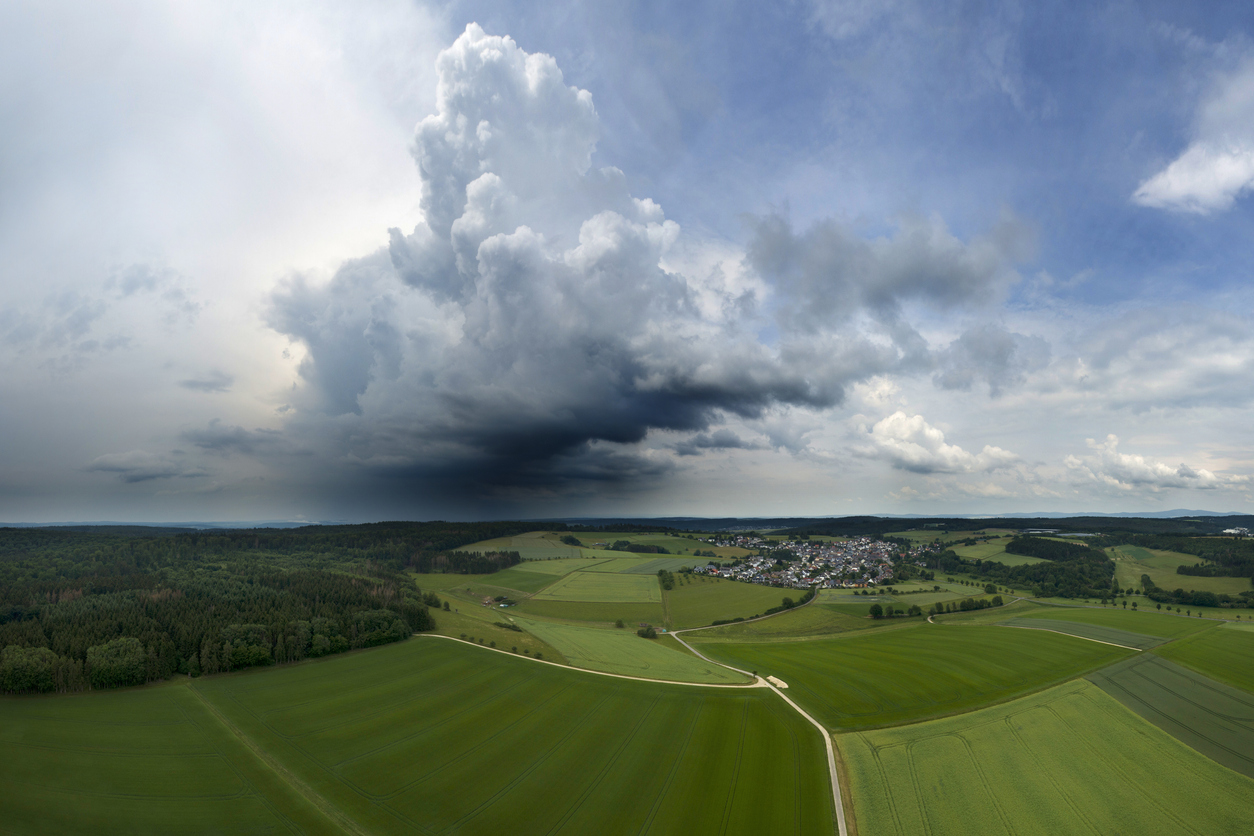Empowering the UK water sector to reach Net Zero with AI-assisted decision-making
By gaining visibility of emissions across the whole operational value chain, water companies can strategically pinpoint opportunities to accelerate their journey to net zero.


